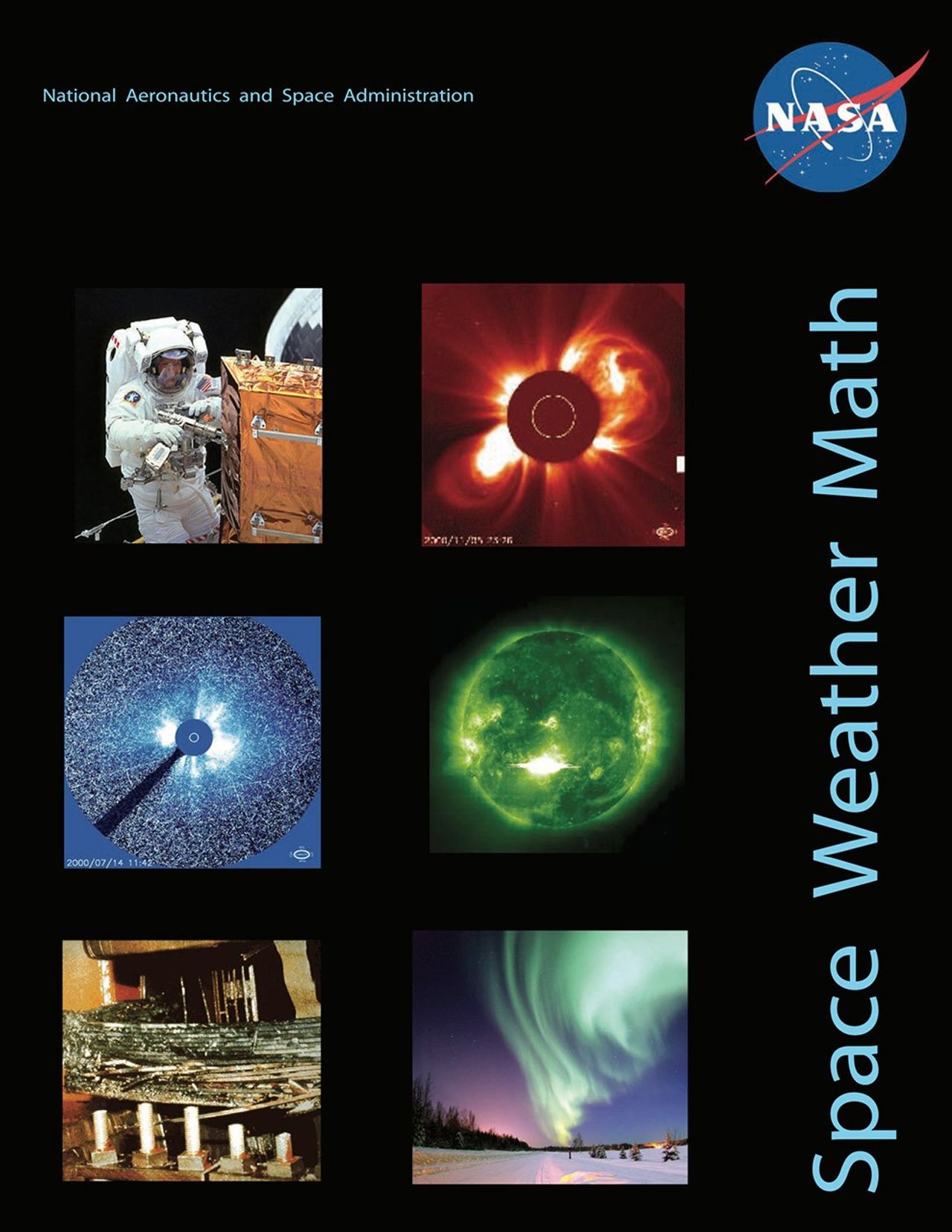Intermediate Guiding Question
How does space weather impact my daily life?
Heliophysics Big Idea 1.2
Educator Background
-
Space weather includes solar flares, which can damage satellites and cause some of them to even fail. Space weather can also cause changes in Earth’s magnetic field, which affects our electrical power grid.
-
Learning Constraints
At this level students deepen their understanding of how matter behaves at the particle level (MS-PS1-4) and begin to explore the relationship between magnetic and electric fields (MS-PS2-5). Students learn more about predicting weather patterns and learn more about the interactions of the atmosphere with other Earth systems (MS-ESS2-1,6).
-
Connect to Heliophysics
Connect to the Sun by emphasizing that the Sun is made of plasma, the fourth state of matter, which is ionized, giving plasma its electromagnetic properties. The churning plasma on the Sun creates complex magnetic fields that have tremendous amounts of energy. It is the interactions of the magnetic fields of the Sun that cause the solar wind. The ionosphere is the layer of the atmosphere where Earth weather meets space weather! It is where satellites are located and where radio signals travel, which is why big solar storms, like a CME or a solar flare, can interfere with communications and GPS signals. The International Space Station (ISS) is also located in the ionosphere, and space weather can pose a risk to astronauts. Space weather will be a particularly important area of study in preparation for future manned missions to the Moon and beyond.
-
Extend Exploration
Extend student exploration by having students investigate what causes the different colors of the aurora. When oxygen in the atmosphere gets excited by collisions with the particles of the incoming solar wind, they emit light at specific wavelengths, the most common producing a green or red color. Nitrogen emits reds, blues, and purples.
-
Differentiate for Beginner Learners
Support beginner students by reviewing the interactions between Earth's systems, specifically the Earth’s upper atmosphere (ozone, ionosphere, etc.) (5-ESS2-1).
-
Differentiate for More Advanced Learners
Challenge students at the next level by having them investigate how scientists predict space weather.

NASA ScienceCasts: Effects of the Solar Wind
Video Length: 3:46
Search the Resource Database for more videosRecommended Resources
Explore this guiding question with these intermediate level resources.
Heliophysics Resource Database
Use the guiding question above to explore resources at this level or go directly to our database to search for resources by level, NGSS performance expectation, topic, and mission.
Resource Database


































